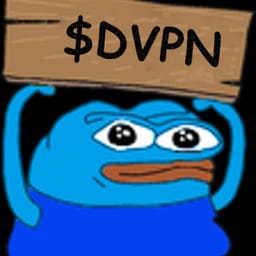Sentinel 2024: AI Data Layer and Peer-to-Peer Bandwidth Marketplace for Web3
Sentinel team members have fully lifted the veil on the project’s ambitious new AI narrative... This represents the first tangible step in realizing a foundational goal: The maturation of Sentinel from a network of dVPN clients into a global peer-to-peer bandwidth marketplace.
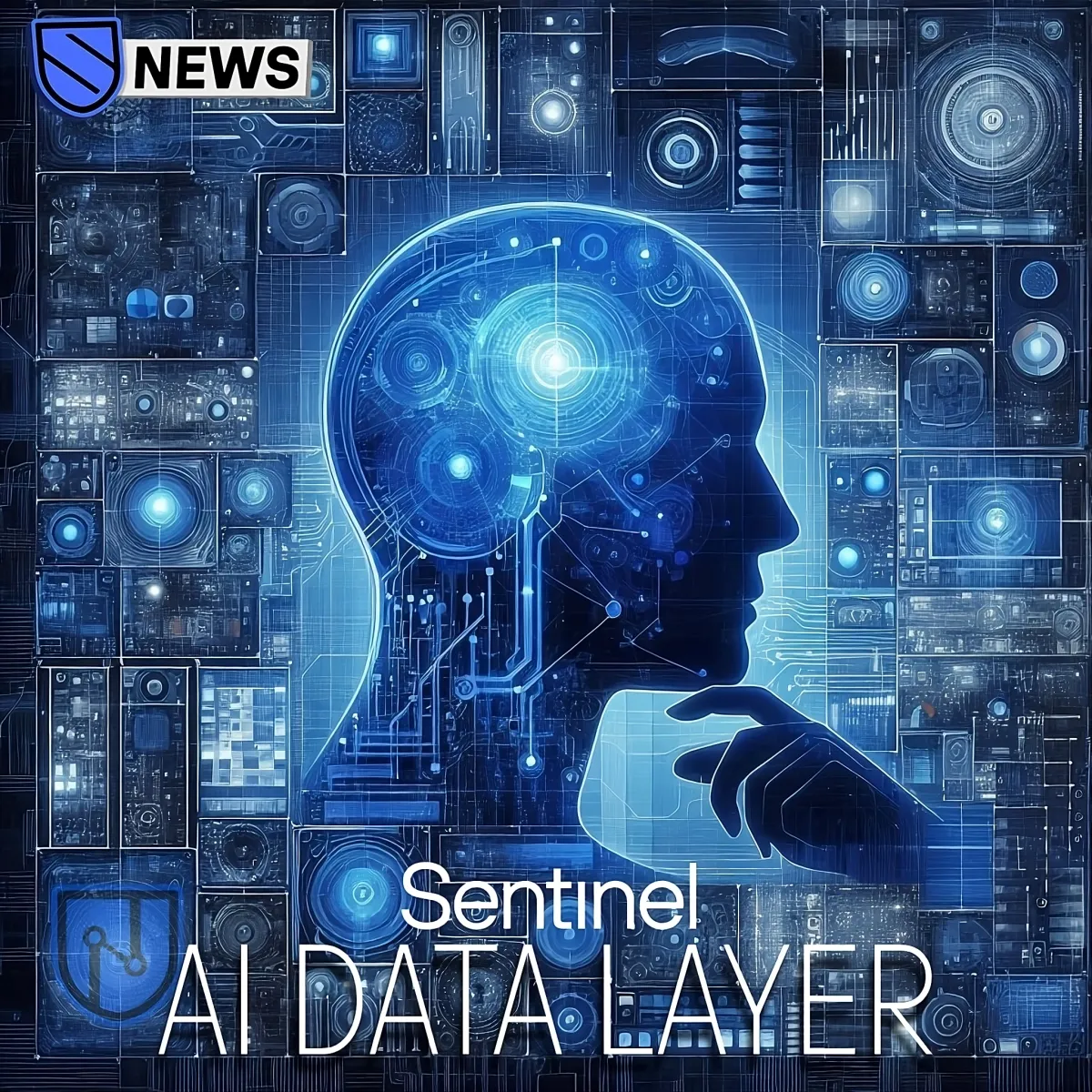
Over the past few weeks, Sentinel team members have fully lifted the veil on the project’s ambitious new AI narrative, which has just entered its first phase of community testing. This represents the first tangible step in realizing a foundational goal: The maturation of Sentinel from a network of dVPN clients into a global peer-to-peer bandwidth marketplace.
That strategic evolution and expansion began with the launch of project's Cosmos-based mainnet blockchain in 2021, and has now culminated in the launch of its first non-dVPN utility: The Sentinel Network will become the AI data layer for Web3.
Sentinel has strived to build more than just dVPN architecture from very early on in the project’s seven-year history. As veteran team member ProjectAutonomy remarked three days ago:
"Distributed bandwidth marketplace was the initial narrative until rebranding to dVPN in 2021. Now we will have to revert to our roots."
Until 2024, those grander ambitions were kept on ice while the strength of dVPN service was bolstered, the ecosystem’s internal economy was nurtured, and a robust network of frontend consumer applications was created.

Part I: Blockchain for the Billions
As Sentinel thrives, old ambitions evolve into action.
With almost unparalleled success established in those aforementioned areas, and the crypto winter beginning to thaw, the Sentinel team has slowly begun the transition.
Since the beginning of May, the team has defined the project in explicit terms as a “peer-to-peer bandwidth marketplace," and stated that the dVPN protocol we know and love was just the first stage in constructing a DePIN colossus similar to Sentinel’s even more successful ecosystem partner, Akash Network.
The project's messaging and branding will now reflect this larger scope. The Sentinel Network is a sovereign layer one blockchain and an ecosystem in of itself; not a mere component of a greater whole, nor a mere collection of dApps sharing a decentralized VPN protocol.
🔌 What is a DePIN?
Decentralized Physical Infrastructure Networks (DePINs) leverage decentralized technologies to manage and optimize physical infrastructure systems, such as GPU power, mobile phone networks, geospatial data, or file storage.
In the Sentinel Network's case, the commodity being managed is internet bandwidth.
For further reading, see the two dVPN News articles about DePINs below; both authored by contributor Jonnie Smith:
👉 Introducing DePIN
👉 dVPNs and the DePIN Narrative
⛓️ What is a Layer One Blockchain?
A Layer One (L1) blockchain is the foundational framework of a blockchain network or ecosystem. They operate independent of other networks and support decentralized applications (dApps) and smart contracts natively. Layer Two (L2) protocols, in comparison, build upon the L1 blockchains to enhance scalability and efficiency.
The most prominent examples of L1 blockchains would be those of Bitcoin and Ethereum.
Limitations of Existing Methods
So why should Sentinel be used for AI data scraping tasks; and on top of that, why should a blockchain DePIN network be used instead of existing solutions at all?
In the announcement which accompanied the launch of community testing on Thursday, the Sentinel team itself outlined a salient critique of the existing AI data scraping industry—which is still very much in its infancy, much like AI technology itself.
"The scraping of data is essentially downloading data from a webpage. this scraping cannot be done effectively by cloud nodes, as they get blocked easily... Sentinel's solution of using mobile phones is the optimal solution."
The reason for this is that mobile phone IP addresses are subject to far less scrutiny by the bot detection systems that websites deploy to block automated browsing activity.
"No Science Projects Here"
In contrast with many blockchain utility projects, Sentinel is not interested in simply creating inferior versions of existing Web2 tools with an appended cryptocurrency component. A team member described it thusly yesterday:
"This ecosystem is extremely pragmatic; focusing on straightforward solutions to real-world problems. No science projects here."
Sentinel is a powerful blockchain, crafted and fine-tuned to handle workloads related to its huge volume of everyday users. The quantity of transactions and active sessions on the chain per day often eclipse those of projects with far larger market capitalization (and public attention). dVPN clients built on Sentinel are now approaching a consistent ten thousand users per day, and every single month since January has seen over a million total sessions.
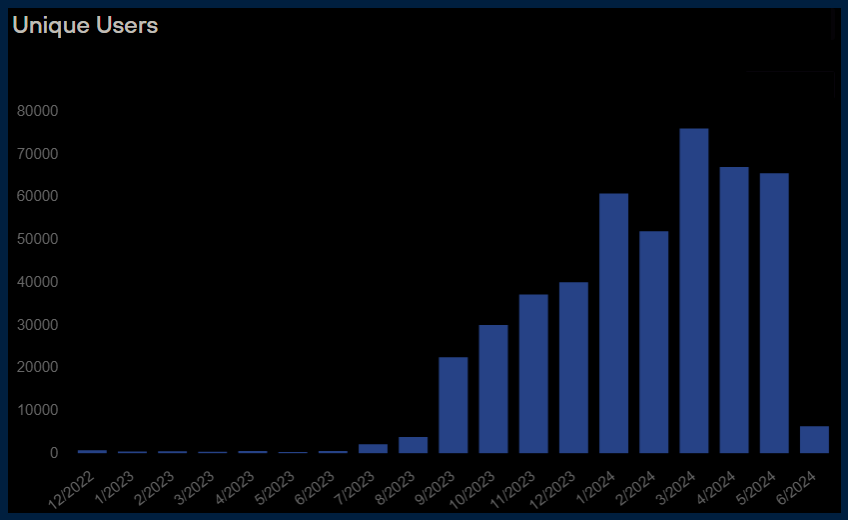
On the dVPN front, Sentinel has also shown no reluctance to go toe-to-toe with centralized competitors which offer traditional retail experiences to users.
Four years into the twenties, the bulk of the world consumer base still regard digital assets and blockchains as murky, alien territory. Sentinel's surge in popularity over the past year can be attributed to the team's cognizance and acceptance of that fact. It would not be a stretch to claim that the majority of people using Sentinel-powered dVPN services are unaware that they're using a blockchain product.
A well-earned reputation of technical resilience in the face of routine stress testing, as well as the adeptness Sentinel developers have shown in bringing blockchain dApps into mainstream use, have instilled confidence within the team and community that the Sentinel Network is ready for non-dVPN applications.
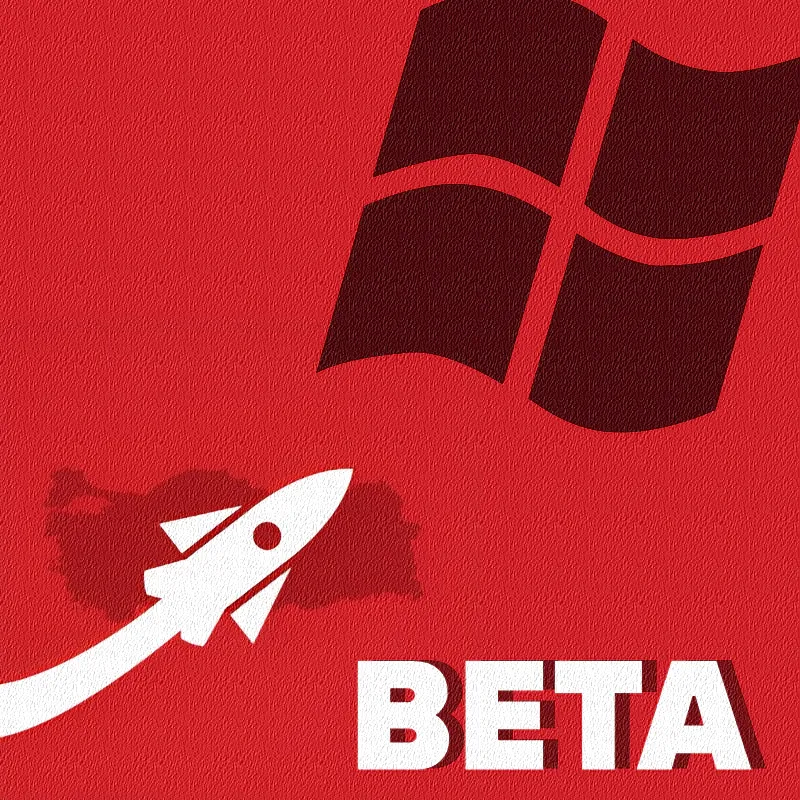
Independent dVPN, which has garnered over 100,000 downloads across all platforms and high ratings on app stores since it launched last year, is a paragon example of the Sentinel Network's aptitude for reaching non-crypto and crypto-agnostic users.
Sentinel DHT
The on-chain Distributed Hash Table (DHT) system, used for peer communication, has also been lauded by the team as another reason why Sentinel is the right blockchain to become Web3's AI Data Layer:
"[Sentinel is] the most comprehensive networking DePIN architecture in existence; with the chain acting as the DHT for peer communication. You can bet that the blockchain integration of Sentinel's AI Data Layer will be the most sophisticated and truly decentralized in the entire Web3 ecosystem."
The on-chain DHT system, which is used to facilitate connections between dVPN users and Sentinel Nodes, could be best described as a Web3 reinvention of the DHT systems used by pre-blockchain protocols like BitTorrent.
In the case of BitTorrent, DHT is used for automatic connection of peers (seeders and leachers) to create a torrent "swarm." If it wasn't for DHT, every torrent downloader would have to select and connect to a seeder automatically. In the instance of the Sentinel AI Data Layer, the DHT system is used to distribute work orders to nodes.

For additional insight into innovative applications of Sentinel, explore our coverage of the team's long-term strategy for Sentinel Torrents. Much like the AI Data Layer, Sentinel's DHT is also the driving force behind this concept.

Part II: The Sentinel AI Data Layer
An introduction to the network's brand-new second usecase.
The Sentinel AI Data Layer will allow clientele, both individual and enterprise, to retrieve raw data from sources across the internet. The team has described it as a "distributed data scraping proxy service" that shares the same broad conceptualization as the dVPN protocol.
This data mining will be handled by the Sentinel Node Network—thousands of servers running Sentinel Node software, maintained by individuals and organizations across the world. Customers of Sentinel's data scraping service will be able to transmit their instructions and criteria to the Node Network using a planned in-browser dashboard on Sentinel.co.
The key difference between these new data mining Sentinel Nodes and existing ones used for dVPN connections? These ones can be hosted on any contemporary smart phone, due to the much lighter hardware demands.
The AI data scraping is the only function planned for these particular nodes, as the team does not believe that they are viable for dVPN connections.
Phase 1.1: How to Participate
Community testing will become more inclusive in subsequent phases, as the infrastructure is built and kinks are worked out.
Public trials of this new mobile Sentinel Node application have been dubbed Phase 1.1 of the AI Data Layer testing process by the team.
The ultimate goal of this particular testing phase is for the developers to assess how the new data mining nodes handle tasks. This will be done by sending experimental test jobs to the Sentinel Nodes that are participating in the trial.
To join Phase 1.1 as a tester right now, all you need is an Android smartphone and an account on Telegram, which serves as the central hub for most Sentinel product trials and community activity.
Click on the button in the box below to get started.
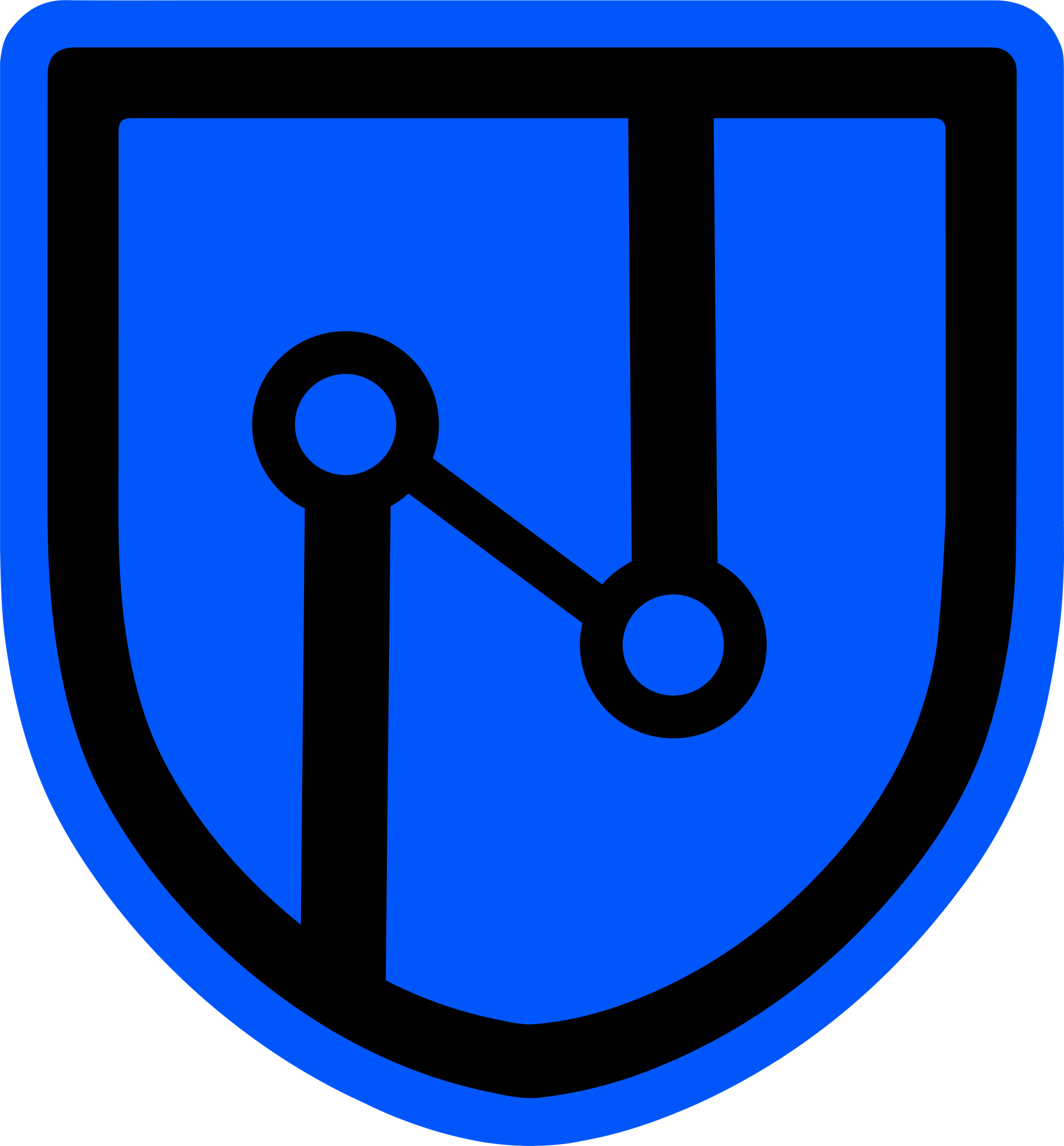
Sentinel AI Data Layer Testing
In this official Telegram group, you can download the Sentinel Node APK and start participating in Phase 1.1 of community testing for the AI Data Layer.
The APK can be directly reached with this link, but we recommend joining the group and going to pinned messages instead to make sure that you're downloading the latest version.
Sentinel Node for Android
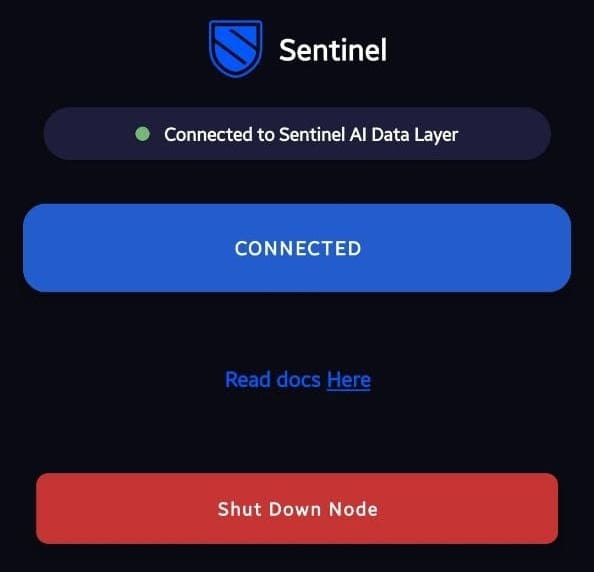
Android-based Sentinel Nodes were first revealed by the team this spring. They will provide hosts with $DVPN as compensation—in effect, a mobile Sentinel Coin miner.
As stated before, the application is presently in an alpha state and is available only for community testing purposes at the moment. Quality of user experience cannot yet be guaranteed. In the team's own words:
"Phase 1.1 is an extremely rudimentary phase... There is no reporting of the amount of bandwidth processed or the number of jobs completed, so the user who is running the data miner has no idea on what the app is doing; unless third-party monitoring is used."
A visible record of the amount of bandwidth processed will be included in the next update to the application.
iOS On the Way
Development of Sentinel Node for iOS will begin after the Android counterpart is completely launched.
This is likely because the Sentinel team wishes to make sure the AI data scraping protocol is thoroughly tested and functioning before committing development resources to creating another version of the application.
Frontend: Customer Interface
As was mentioned at the beginning of the section, data scraping work orders for the Node Network will be placed by customers in an in-browser customer interface on Sentinel.co.
For a glimpse at what this frontend process will look like, open the box below.
👷 Summary of the Work Order Process
- Using the in-browser dashboard, register an account on the Sentinel blockchain (which is added to an on-chain AI data subscription plan).
- Place work orders (i.e. data scraping from specific URLs).
- Choose the format the work should be returned to you in.
- Specify how the work should be distributed to the Node Network. If you don't enter specifications, the work will be distributed algorithmically.
- Provide payment for the work order in Sentinel Coins. The funds are then placed in escrow by the blockchain.
- The data is retrieved by the nodes.
- The completed work is cross-referenced against the work request using a hash (or other data fingerprinting method).*
- If the work is verified to be properly completed, the provider’s locked escrow coins are transacted to the Sentinel Nodes that did it.
* Details still forthcoming.
Mining Campaign
The Sentinel team plans to initiate a community data mining campaign once the Sentinel Node app is available on both Android and iOS devices.
We await further details on the exact shape that this will take; but a team member has specified Grass (a non-blockchain earning platform with some superficial similarities to Sentinel's AI Data Layer) as a grassroots marketing inspiration.
What is this Data for?
AI chatbots and other AI utilities have to be updated with data from the internet every day in perpetuity in order for them to be useful to humans.

This article by Pavlo Zinkovskyi for Forbes provides insight into the emerging AI data scraping industry from a more traditional "Web2" perspective.
That constant informational nourishment is the reason why a product like ChatGPT is able to tell you about the current weather of your city when prompted with that question; and doesn't inform you about a rainstorm from three years ago instead.
For more details on what sort of information AI models are fed (and how it gets incorporated), open the box below.
💾 What Happens to the Data?
The "scraping" of data is simply the automated downloading of data from a set of URLs based on a set of criteria.
Once that data is in the hands of AI developers, it is generally "cleaned" (pruned of irrelevant information and errors), and catalogued; then ultimately deployed into the AI system in question.
Data collected from the web for AI models can include virtually anything—text from articles like this one; media such as audio, video, and images; product ratings, economic information like stock prices, and even the results of scientific experiments.
Privacy & Security
Regarding the privacy implications of this AI data scraping protocol, the team has stated that it will only collect data from public, off-chain sources. "The scope for Sentinel's AI data layer is refined to data that is publicly available and that can be accessed and retrieved," a team member explained.
Users of dVPN apps also need not worry: Your browsing data is not part of the AI data scraping service. The dVPN protocol is a completely different facet of the Sentinel blockchain architecture.
For more information about the privacy and security of the Sentinel AI Data Layer—whether you're a tester, or a dVPN user concerned about your data—open the box below.
🔒 Is My Data Safe?
Sentinel's dVPN protocol is private, transparent, and secure. The project's exemplary reputation in that area has never suffered a single blemish or wound in its seven year history. The AI Data Layer has been approached by the same hands that built the dVPN layer, with the exact same philosophy.
Rest assured, the AI Data Layer is also segregated from the dVPN protocol. Users of Sentinel-powered dVPN clients do not need to worry about any of their browsing data or activity being collected for AI purposes. As we mentioned earlier in the article, data mining Sentinel Nodes on mobile phones are entirely different from existing Sentinel Nodes, which operate on more serious hardware and handle the dVPN side of operations.
However, blockchain projects (especially privacy-oriented ones) should not be in the business of asking for your trust. They need to create trustless, permanent solutions that don't necessitate placing faith in human beings. This has been a pillar of the Sentinel Network's philosophy from the start. It can be seen in its dedication to open source software, engaging with users, and ensuring every step of backend processes like dVPN connections are published on-chain and auditable.
Therefore, we encourage anybody with doubts to open Sentinel's native blockchain explorer, or a supported third-party alternative like Mintscan. With Sentinel, you don't have to take anybody's word for anything; you have access to the same information about your sessions that the developers do. No more, and no less.

Part III: The Bigger Picture
Exploring the impact of Sentinel's AI narrative.
New Horizons
The expansion of Sentinel's focus exponentially widens the range of potential collaborators, users, and partners of the network. It also widens the range of ways in which they can make contributions to and build upon Sentinel's open source protocols, which can be fully audited on GitHub below.
A team member described a hypothetical tripartite collaboration between Sentinel, Akash, and Jackal to illustrate the potential:
- An AI model runs on Akash Network's GPU cloud.
- It is fed information by the Sentinel Network's AI Data Layer.
- The AI model uses Jackal Protocol to retain that information.
That hypothetical system, which incorporates three sovereign Interchain DePIN projects, is just the tip of the iceberg. Sentinel's DePIN narrative represents a new paradigm for the network's ability to influence the wider Web3 world, and fulfills the pioneering vision of an "Internet of Blockchains" that has been woven into the Cosmos Ecosystem's DNA from its inception.
A New Usecase for Sentinel Coins
The AI Data Layer has created a brand new third usecase for the Sentinel Coin ($DVPN), also known as the DVPN Coin.
Prior to this it was solely for facilitation of payments within the dVPN economy; in addition to staking and governance functions which are standard for the native coins of proof-of-stake blockchains.
Third-Party Development

Third-party developers in the Sentinel Ecosystem are free to build on the AI Data Layer, just as they have been with Sentinel's open source dVPN protocol. There are already at least two third-party Sentinel partners which have functioning data scraping systems. Open the boxes below to learn more about them.
🍞 Breadcrumbs
Breadcrumbs, a San Francisco-based company with an eponymous dVPN client powered by Sentinel, is leading the charge. They are already testing a data scraping feature in their app, and even plan to launch a "Personal Data Marketplace" where users will have full control over who their data is sold to, without Breadcrumbs acting as a middleman.
Corporate buyers in the marketplace will be required to identify themselves, which means every Breadcrumbs user will have complete agency to reject sales they have ethical or privacy concerns with.
Their data monetization feature is also in its early stages of development, but is already working and available to try within the app. At present, it is available on the Mac OS, iOS, and Android platforms.
DOWNLOAD (Breadcrumbs Official Website)
🌐 Decentr Browser
Decentr, an incentivized Web3 internet browser and Sentinel Network partner, also have a data marketplace protocol; where users are paid in digital assets based on an algorithmic appraisal of their Personal Data Value (PDV).
That architecture is a proprietary feature of Decentr's blockchain, and is thus only related to Sentinel tangentially. However, the Sentinel Network's first steps into the data mining industry opens the door to closer collaboration between the two projects on the matter in the future.
Decentr is available for all major platforms, desktop and mobile.
DOWNLOAD (Decentr.net)

Sentinel Docs maintains a live directory of all dApps operating on the Sentinel Network.
The Sentinel Brand
With dVPN no longer being the sole utility for the Sentinel blockchain, some tweaks to the project's branding and messaging can be expected. As we have touched on many times during this piece, Sentinel will begin to posit itself is a layer one DePIN blockchain focused on internet bandwidth.
One thing that is certain is that "Sentinel dVPN" will not be remaining the longform official name. Nothing else is set in stone yet, and the Sentinel team has solicited the community for input on the matter.
In terms of reaching new markets and demographics, an administrator of Sentinel's African community remarked that the lower hardware bar for Sentinel Nodes would potentially expand the project's reach in the developing world. He compared the concept of mobile Sentinel Nodes to other simple smartphone-friendly crypto mining apps popular in his home continent, such as Tapswap.
Implications for dVPN
Despite this expansion in the project’s objectives, the team has been consistent and clear that Sentinel will never neglect or de-prioritize dVPN. They expressed total confidence that “the dVPN narrative will pick up,” and that “the level of focus and resources attributed to dVPNs on Sentinel will only increase.”
Many in the community, including the team itself, are confident that aggregate total dVPN users on the Sentinel Network will surpass a million before the end of 2024.
Join Our Journey
At dVPN.news, every member of the Sentinel community is a contributor. Whether you're writing articles, sharing tutorials, or participating in discussions, your involvement is what drives our collective growth, and best of all it's rewarded! Together, so if you to contribute to the growth of the Sentinel Network, you are in the right place!
Connect with Us
Stay in touch and be part of our growing community:
- Follow Sentinel on X
- Follow the Growth DAO on X
- Join the Growth DAO community Telegram Group.
- Join the official Sentinel Subreddit, r/dVPN.


